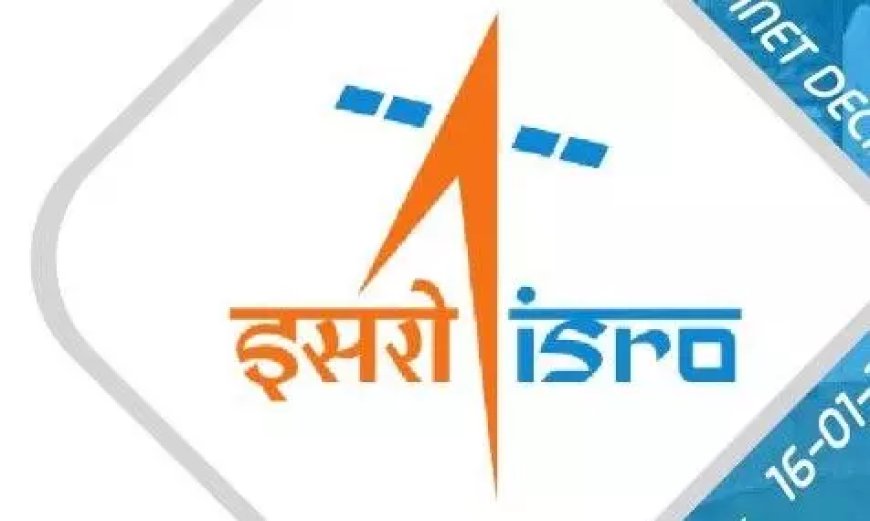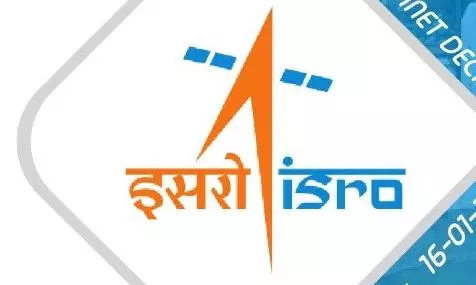India approves Third Launch Pad at Sriharikota, boosting space ambitions
Tirupati, New Delhi: India’s spaceport at Sriharikota will get a third launch pad for next generation launch vehicles (NGLVs) and human spaceflight missions to lift off, in about two years. The Union Cabinet, at a meeting chaired by Prime Minister Narendra Modi, approved the construction of the third launch pad (TLP) at the Satish Dhawan Space Centre (SDSC) in Sriharikota, Andhra Pradesh. The project, estimated to cost ₹3,984.86 crore, is expected to be completed within 48 months. The TLP will be capable of putting 30,000 tonne spacecraft in low earth orbit as against the existing capabilities of 8,000 tonnes as India eyes a larger pie in the global space economy. It has been envisioned as a critical back-up while facilitating launches of NGLVs, Launch Vehicle Mark-3 (LVM3) rockets with semi-cryogenic stages, and upgraded NGLV configurations. It is expected to launch landmark projects such as the Bhartiya Antriksh Station (BAS) and a crewed lunar landing planned for 2035 and 2040, respectively. India’s foray into space exploration began on November 21, 1963, with the launch of a sounding rocket (Nike Apache) from Thumba in Kerala. Over the decades, the country has developed three primary rocket launch sites: the Vikram Sarabhai Space Centre (VSSC) in Thiruvananthapuram, the Integrated Test Range (ITR) on Abdul Kalam Island in Odisha, and SDSC in Andhra Pradesh. The Thumba Equatorial Rocket Launching Station (TERLS), now the VSSC, now develops rockets and related technologies. The ITR primarily supports missile testing under the Defence Research and Development Organisation (DRDO). The SDSC, launched in 1971, focused on launching small sounding rockets and now handles launch of complex rockets for the deployment of advanced satellites and interplanetary missions. Located near the equator, SDSC enjoys geographical advantages that enhance the efficiency of launches into geostationary orbits. The existing launch pads are equipped with advanced vehicle assembly, testing, and launch facilities. These facilities include world-class solid motor production units, supporting diverse mission types. The first launch pad, constructed in the early 1990s, pioneered the ‘Integrate on the Pad’ concept using its 3,200-tonne mobile service tower. Since its inaugural launch on September 20, 1993, this pad has supported approximately 54 launches, primarily for the Polar Satellite Launch Vehicle (PSLV) and Small Satellite Launch Vehicle (SSLV) rockets. The facility is equipped to handle both earth-storable and cryogenic propellants with advanced storage, transportation, and servicing capabilities. The second launch pad (SLP), operational since May 2005, was developed to meet Isro's growing launch demands. It implements the ‘Integrate, Transfer and Launch’ (ITL) concept, where rockets are assembled on a mobile launch pedestal and transported vertically via rail to the launch pad. This launch pad supports both cryogenic and earth-storable propellants and has been crucial for the Geosynchronous Satellite Launch Vehicle (GSLV) and LVM3 programmes. With around 36 launches to date, including the historic Chandrayaan-3 mission, the SLP also functions as a backup for PSLV launches. It is undergoing upgrades to support human spaceflight through the Gaganyaan programme.


Tirupati, New Delhi: India’s spaceport at Sriharikota will get a third launch pad for next generation launch vehicles (NGLVs) and human spaceflight missions to lift off, in about two years.
The Union Cabinet, at a meeting chaired by Prime Minister Narendra Modi, approved the construction of the third launch pad (TLP) at the Satish Dhawan Space Centre (SDSC) in Sriharikota, Andhra Pradesh. The project, estimated to cost ₹3,984.86 crore, is expected to be completed within 48 months.
The TLP will be capable of putting 30,000 tonne spacecraft in low earth orbit as against the existing capabilities of 8,000 tonnes as India eyes a larger pie in the global space economy. It has been envisioned as a critical back-up while facilitating launches of NGLVs, Launch Vehicle Mark-3 (LVM3) rockets with semi-cryogenic stages, and upgraded NGLV configurations. It is expected to launch landmark projects such as the Bhartiya Antriksh Station (BAS) and a crewed lunar landing planned for 2035 and 2040, respectively.
India’s foray into space exploration began on November 21, 1963, with the launch of a sounding rocket (Nike Apache) from Thumba in Kerala. Over the decades, the country has developed three primary rocket launch sites: the Vikram Sarabhai Space Centre (VSSC) in Thiruvananthapuram, the Integrated Test Range (ITR) on Abdul Kalam Island in Odisha, and SDSC in Andhra Pradesh.
The Thumba Equatorial Rocket Launching Station (TERLS), now the VSSC, now develops rockets and related technologies. The ITR primarily supports missile testing under the Defence Research and Development Organisation (DRDO).
The SDSC, launched in 1971, focused on launching small sounding rockets and now handles launch of complex rockets for the deployment of advanced satellites and interplanetary missions.
Located near the equator, SDSC enjoys geographical advantages that enhance the efficiency of launches into geostationary orbits. The existing launch pads are equipped with advanced vehicle assembly, testing, and launch facilities. These facilities include world-class solid motor production units, supporting diverse mission types.
The first launch pad, constructed in the early 1990s, pioneered the ‘Integrate on the Pad’ concept using its 3,200-tonne mobile service tower. Since its inaugural launch on September 20, 1993, this pad has supported approximately 54 launches, primarily for the Polar Satellite Launch Vehicle (PSLV) and Small Satellite Launch Vehicle (SSLV) rockets. The facility is equipped to handle both earth-storable and cryogenic propellants with advanced storage, transportation, and servicing capabilities.
The second launch pad (SLP), operational since May 2005, was developed to meet Isro's growing launch demands. It implements the ‘Integrate, Transfer and Launch’ (ITL) concept, where rockets are assembled on a mobile launch pedestal and transported vertically via rail to the launch pad. This launch pad supports both cryogenic and earth-storable propellants and has been crucial for the Geosynchronous Satellite Launch Vehicle (GSLV) and LVM3 programmes.
With around 36 launches to date, including the historic Chandrayaan-3 mission, the SLP also functions as a backup for PSLV launches. It is undergoing upgrades to support human spaceflight through the Gaganyaan programme.






































